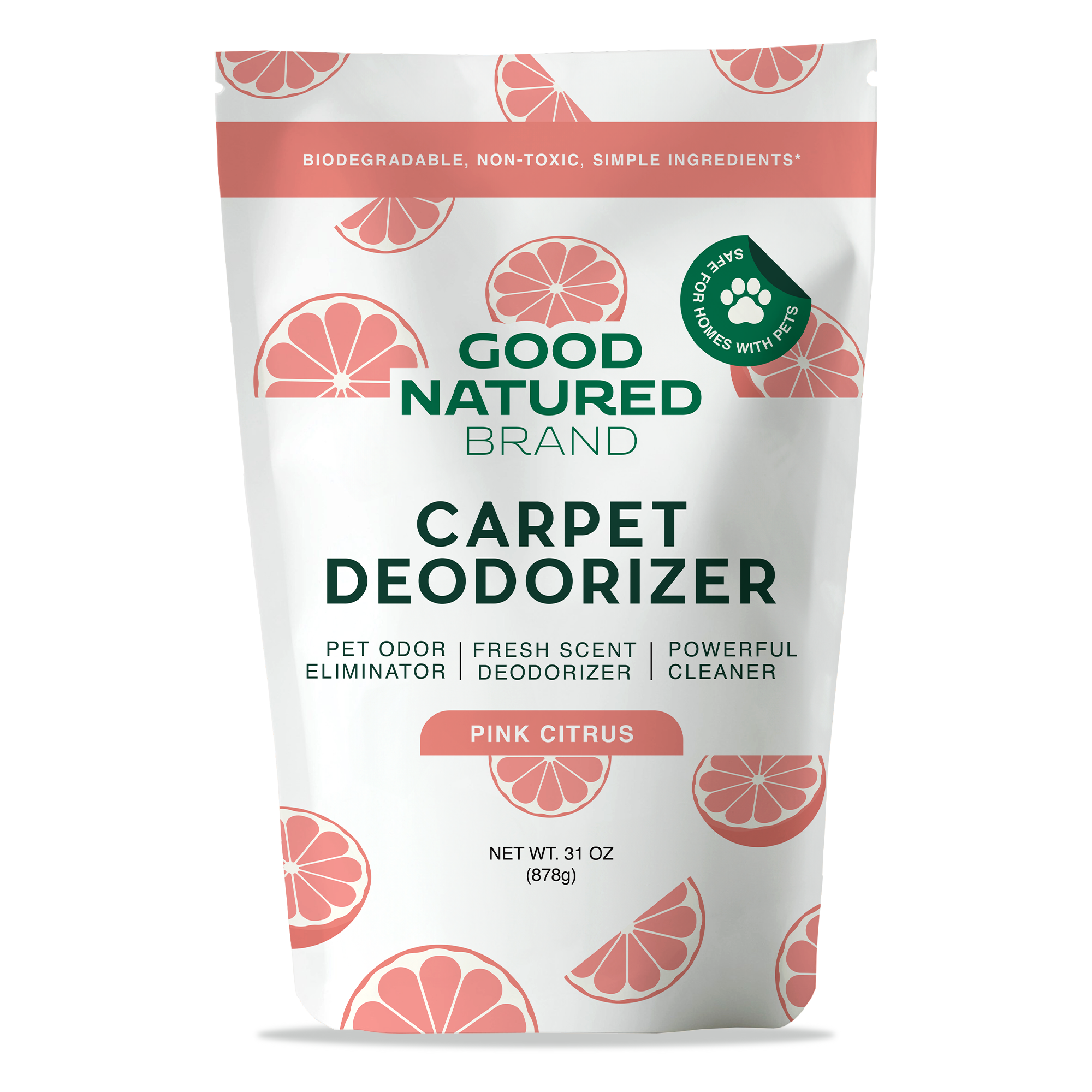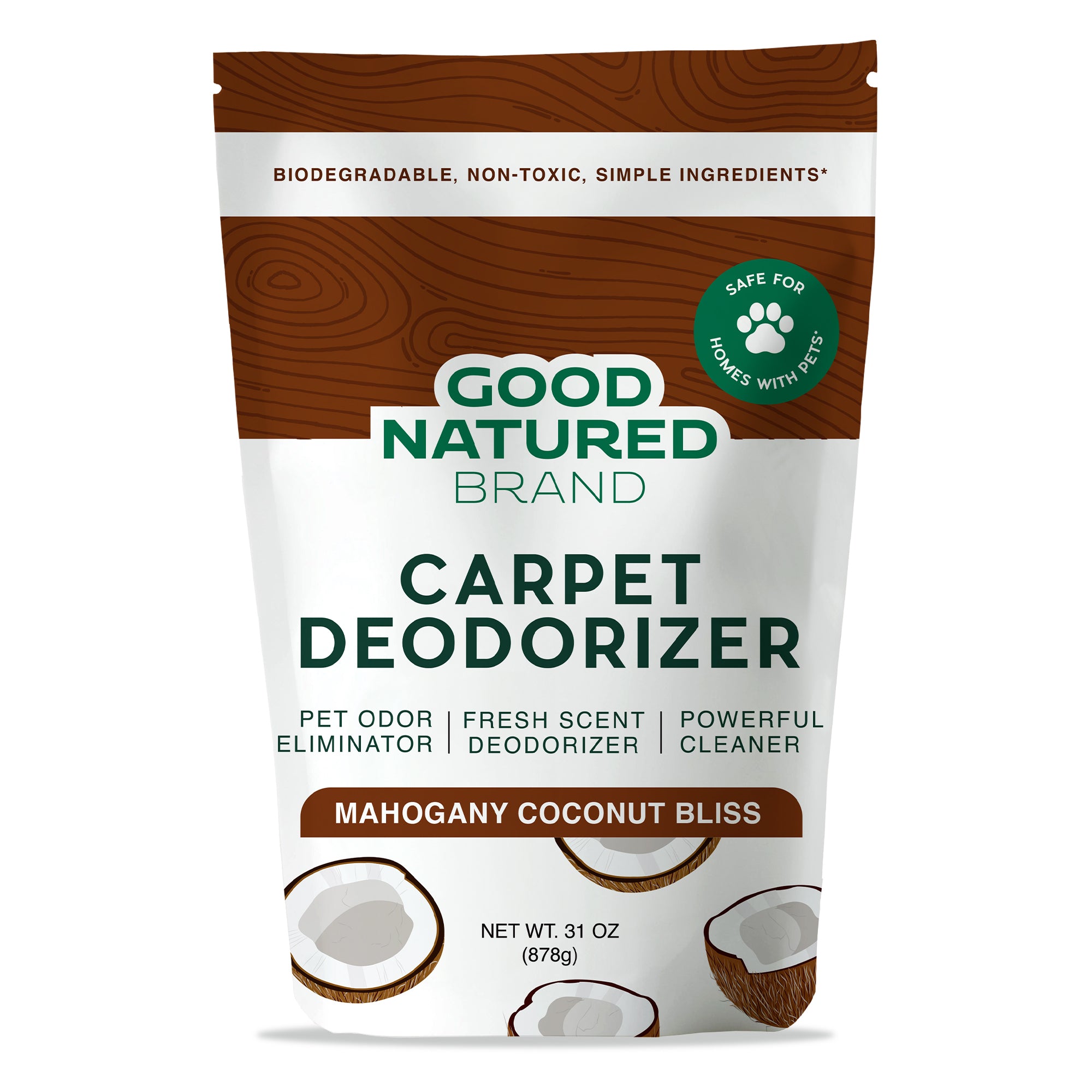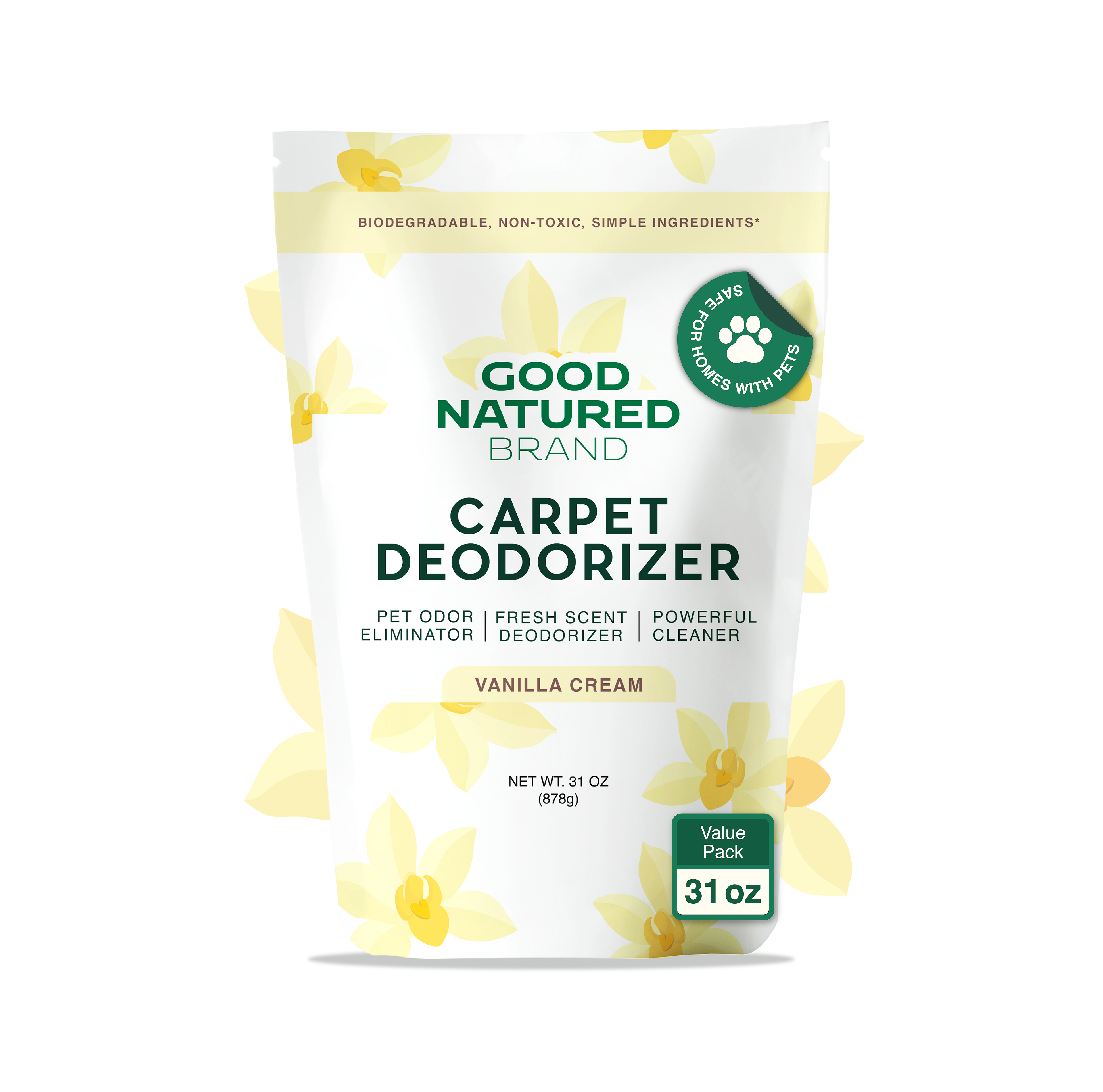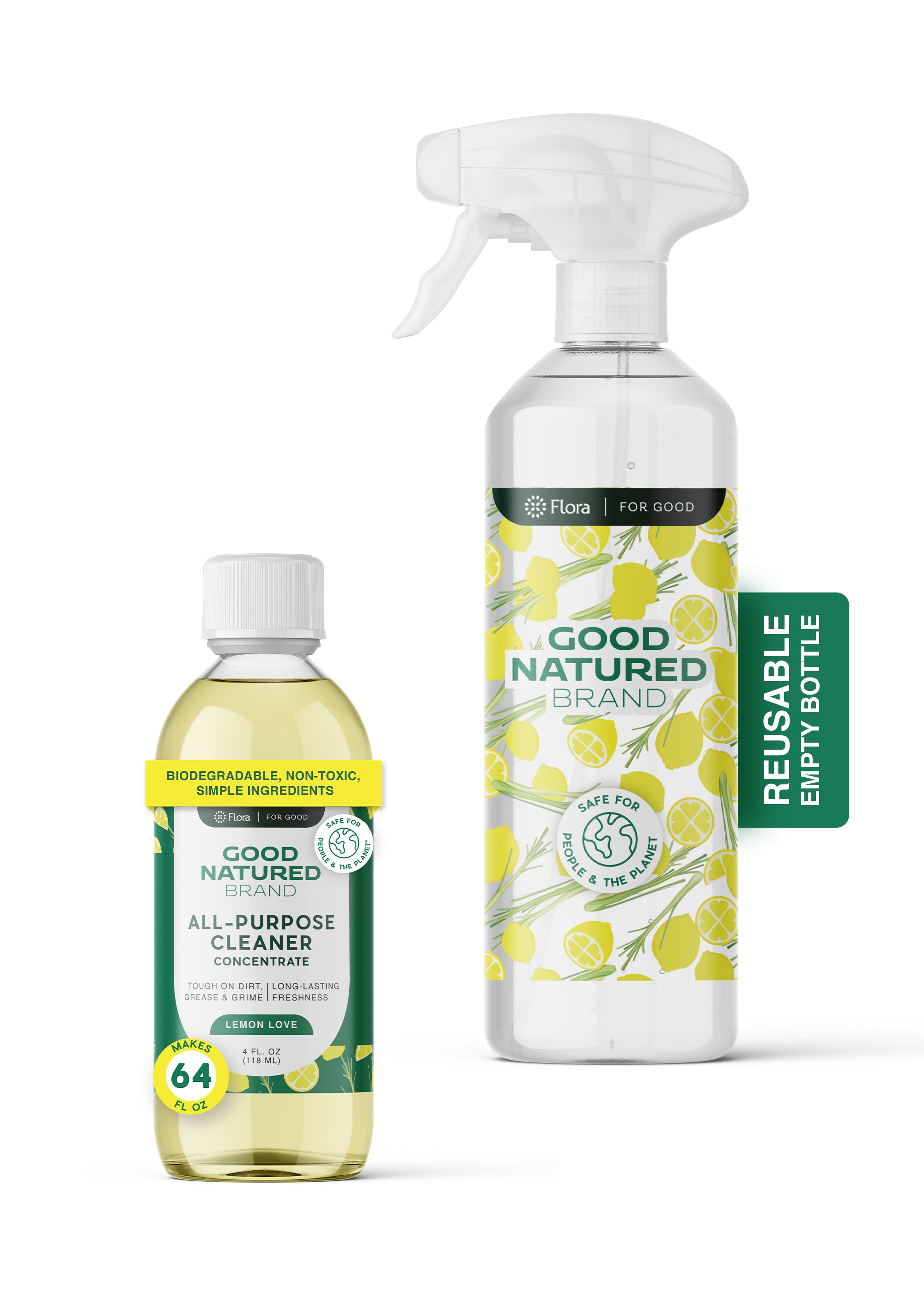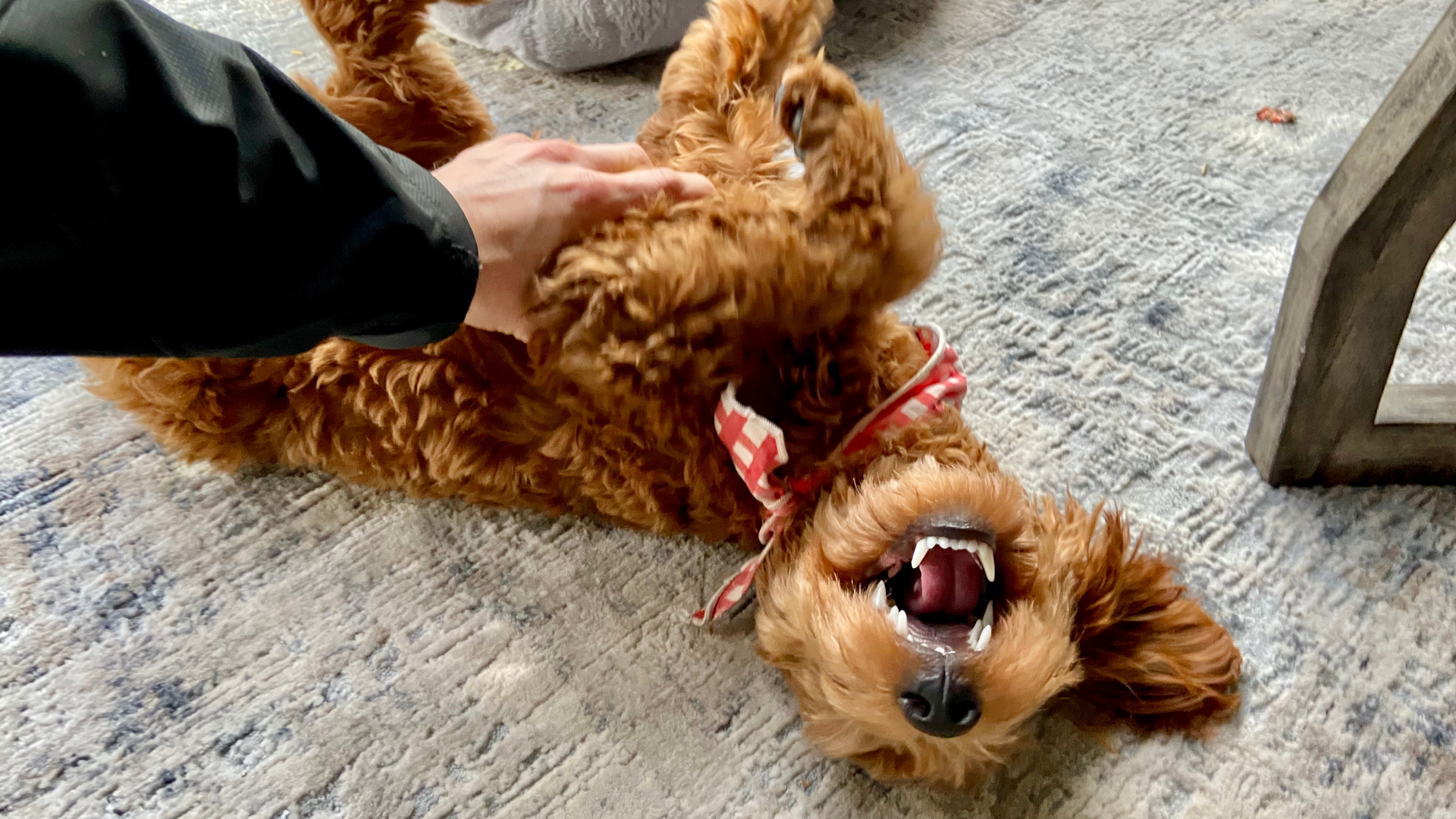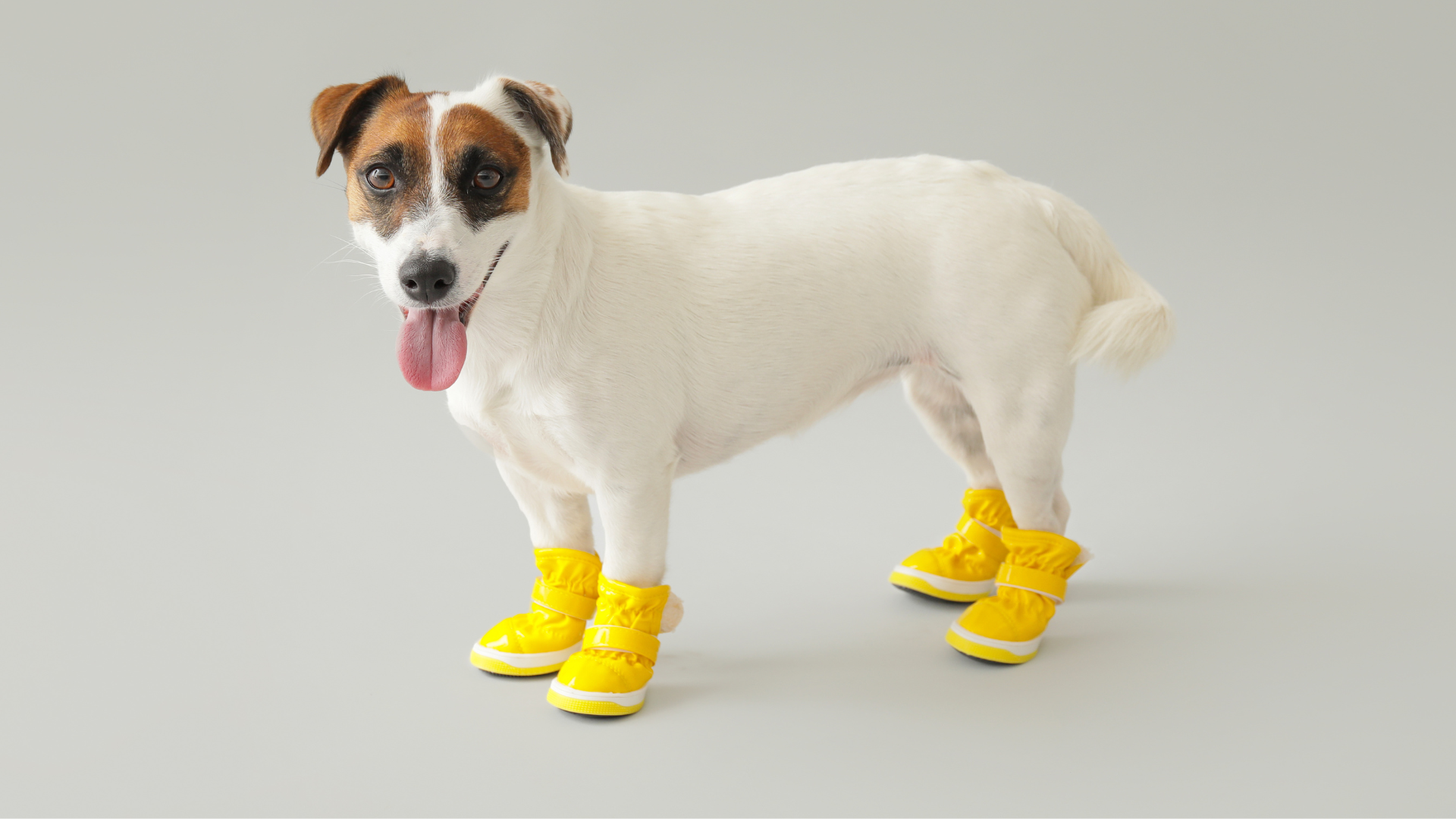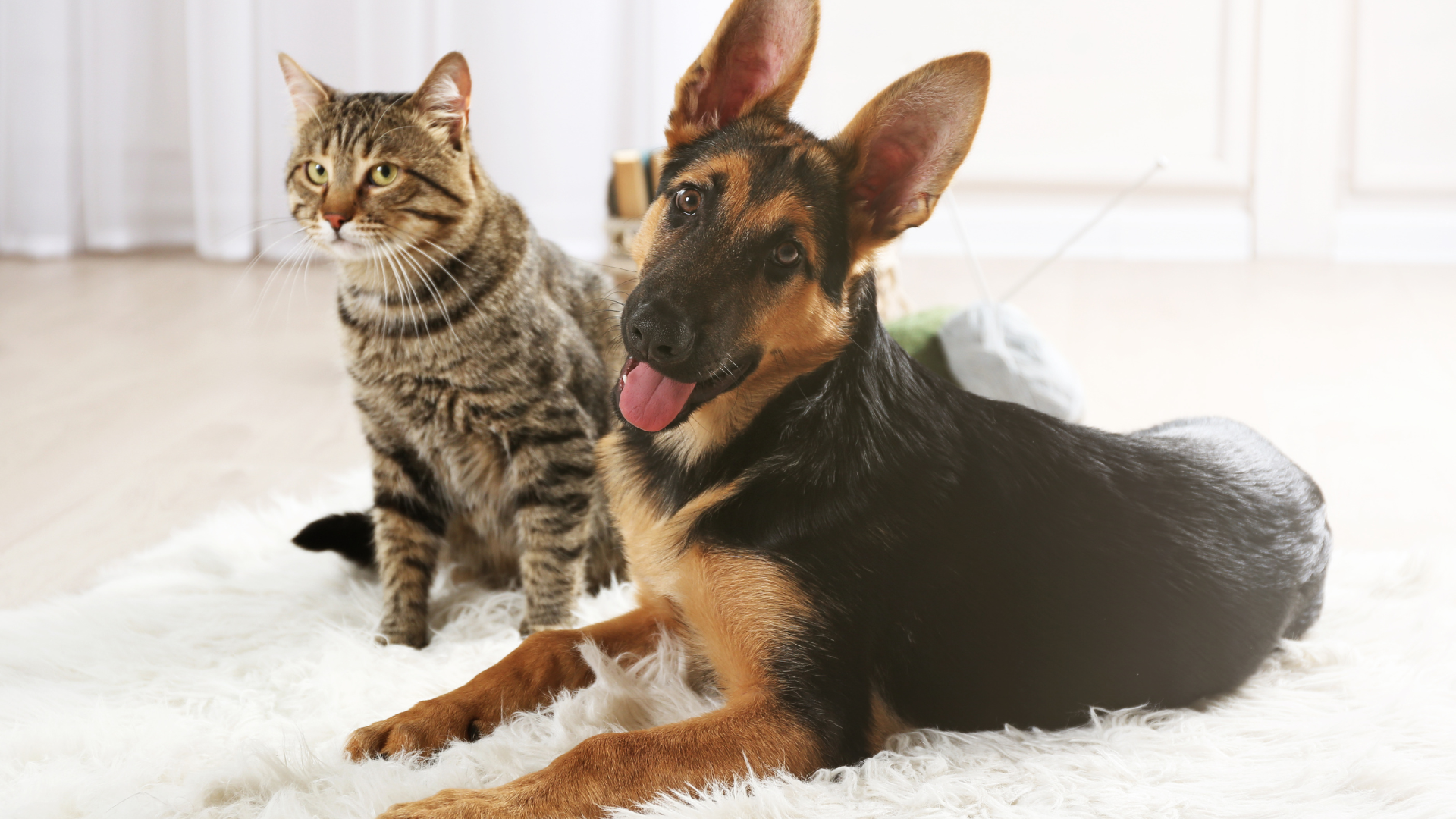Crate training is often misunderstood by dog owners, but when done correctly, it can be one of the most powerful tools for raising a calm, well-mannered companion. In the YouTube video “5 Crate Training Mistakes That RUIN Your Dog’s Progress” by Will Atherton Canine Training, a professional canine behaviorist explains how to avoid common pitfalls and build a positive, structured relationship between your dog and their crate.
Using the stories of two rescue dogs, Bruno and Reggie, Will highlights the importance of starting crate training from day one and ensuring it becomes a safe, enjoyable, and consistent part of a dog’s life. This blog will break down the key lessons, mistakes to avoid, and practical steps you can take to make crate training a success.
Why Crate Training Matters
Many owners underestimate just how crucial crate training is. According to Will Atherton, crate training can solve or prevent 99% of in-home behavior issues. From toilet training to managing separation anxiety, destructive behavior, and hyperactivity around guests, the crate is a versatile tool for building structure and calmness in your dog’s life.
Crate training taps into your dog’s natural denning instinct—their biological drive to seek a safe, enclosed space for rest. By aligning with this instinct, you create a sanctuary for your dog that promotes security, relaxation, and good behavior.
Mistake One: Waiting Too Long to Start
One of the biggest mistakes owners make is delaying crate training until behavioral issues have already developed. Puppies (and rescue dogs) benefit most when crate training begins immediately, from day one.
If you wait too long, dogs can form bad habits that become harder to break—such as sleeping on couches, roaming freely, or associating freedom with whining. Starting early sets the tone that the crate is a natural, normal part of everyday life.
Mistake Two: Failing to Make the Crate Positive
For crate training to succeed, your dog must see it as a rewarding, safe space—not a punishment. Will demonstrates this by turning the crate into a fun place with treats, games, and calm experiences.
One technique he highlights is the “making it rain” treat game, where you sprinkle treats into the crate while your dog remains calm inside. This simple exercise builds powerful positive associations, teaching your dog to love being in their crate.
Keeping the crate fresh and clean also matters. Regularly washing bedding with Laundry Powders and freshening up the area with a Carpet Deodorizer ensures the crate remains inviting and odor-free.
Mistake Three: Reinforcing Crying or Barking
Another common mistake is unintentionally rewarding your dog’s vocalizations. If you let your dog out while they are barking, whining, or scratching, you’re teaching them that noise equals freedom.
The fix? Only open the crate door when your dog is calm and quiet. This helps your pup learn patience, self-control, and that calmness—not noise—is the key to getting what they want.
Consistency is key here. It may take patience at first, but over time, your dog will settle quicker and stop associating whining with success.
Mistake Four: Using the Crate as Punishment
Some owners make the error of sending their dog to the crate only when they’ve been “bad.” This quickly creates negative associations and resistance. Instead, the crate should always be tied to positive experiences—meals, naps, treats, and downtime.
Think of the crate as your dog’s personal bedroom or retreat, not a jail. When framed this way, your pup will willingly enter the crate on their own to relax.
Mistake Five: Not Interrupting Bad Behavior Correctly
While the crate should never be used negatively, it’s still important to interrupt bad behavior calmly and early. This doesn’t mean punishing your dog in the crate but guiding them toward calmness.
For example, if your dog gets overly excited when guests arrive, the crate can be a tool for giving them a structured, calm space until they settle. Over time, this prevents hyperactivity from becoming the default response to visitors.
And if muddy paws or accidents happen along the way? Our All-Purpose Cleaners are pet-safe and effective for keeping both your home and crate area spotless.
Crate Training and Rescue Dogs: Bruno and Reggie
Will Atherton illustrates his points with the real-world stories of Bruno and Reggie, two rescue dogs repeatedly returned to shelters because of in-home behavior problems. Their struggles highlight how a lack of crate training can lead to unstable homes and frustrated owners.
By introducing crate training, these dogs were given the structure and boundaries they desperately needed, showing how this method can rehabilitate even the most challenging cases.
The Bigger Picture: Inside vs. Outside Problems
Will simplifies behavior challenges by categorizing them into inside-the-home and outside-the-home issues. Crate training solves most of the former, while loose-leash walking addresses the latter. This dual approach gives owners a clear, manageable pathway for tackling behavior step by step.
Crate Training as a Lifelong Tool
The YouTube video “5 Crate Training Mistakes That RUIN Your Dog’s Progress” by Will Atherton Canine Training makes it clear that crate training isn’t just optional—it’s a cornerstone of raising a well-adjusted dog.
By avoiding common mistakes—delaying the start, making the crate negative, rewarding barking, or failing to set calm boundaries—you can transform the crate into one of the most valuable tools in your dog-training toolkit.
From toilet training to managing guests, reducing anxiety, and preventing destructive behavior, the crate provides structure and security for both dogs and owners. Done right, it becomes a safe haven your dog loves, not a place they fear.
For more expert tips on raising happy, well-mannered pets, explore the Good Natured Brand Blog. And to keep your home as calm and fresh as your training routine, don’t forget our pet-friendly Carpet Deodorizers, Laundry Powders, and All-Purpose Cleaners.



